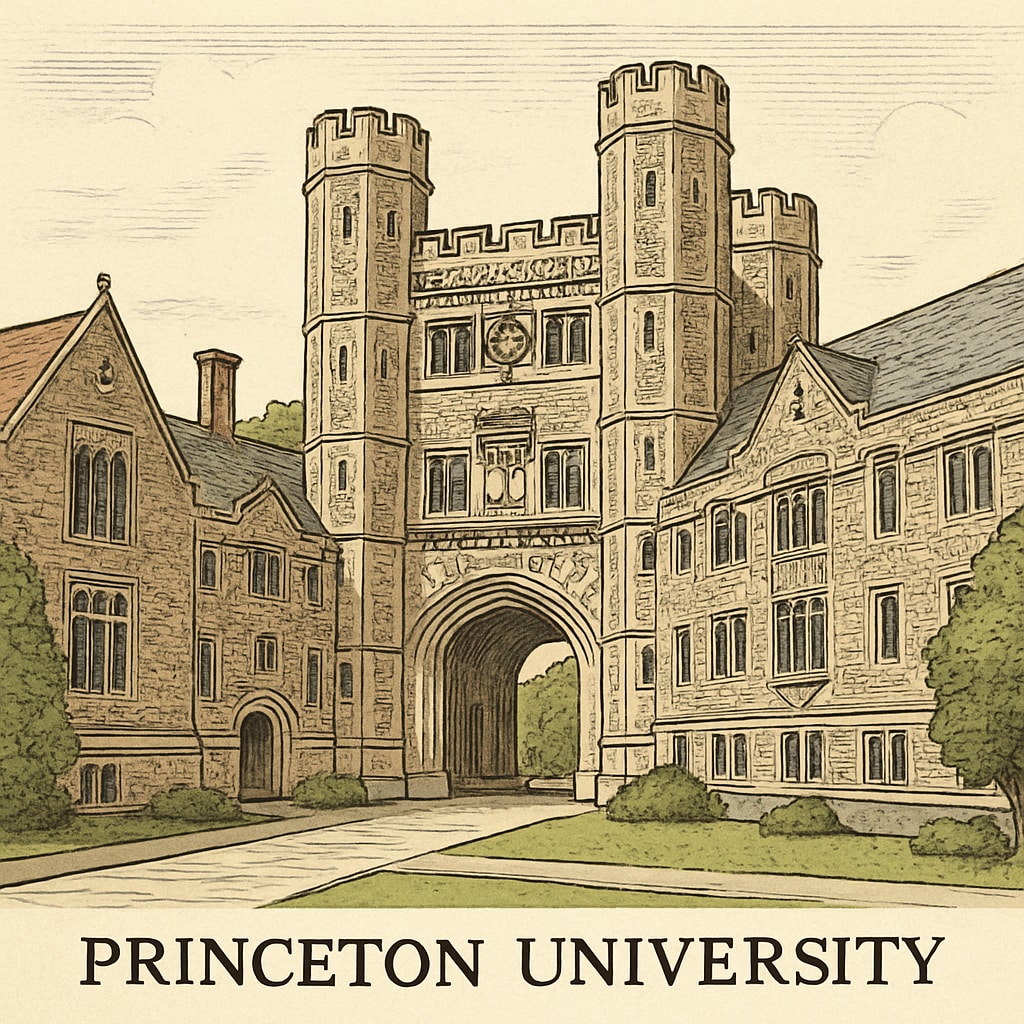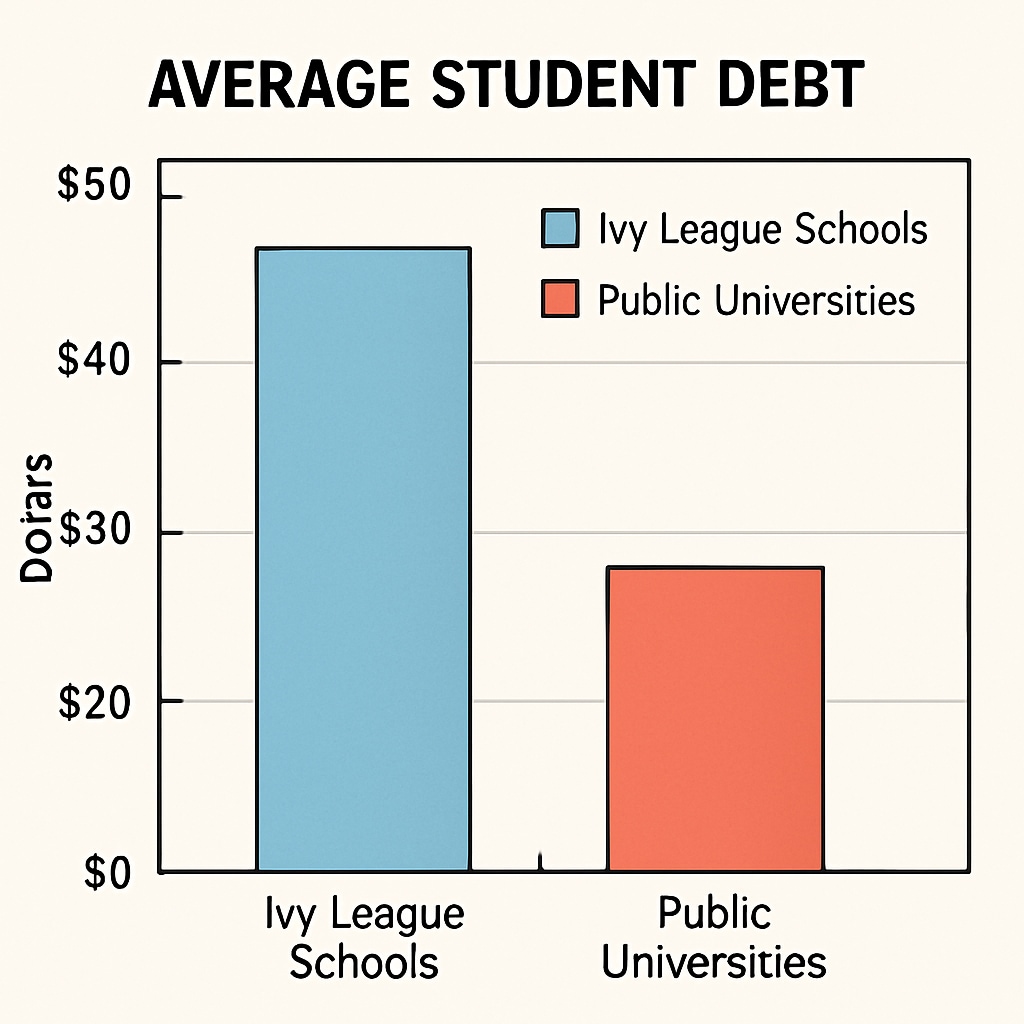Princeton and other Ivy League schools are often perceived as the pinnacle of higher education, promising unparalleled academic excellence, networking opportunities, and career prospects. However, this raises an important question: are these institutions truly worth the hype, or are they overvalued? By analyzing their admissions processes, educational costs, and real-world outcomes, we can begin to unravel the societal myth surrounding these prestigious schools.
Admissions: Exclusivity vs. Meritocracy
One of the primary reasons Ivy League schools, such as Princeton, are revered is their exclusivity. Acceptance rates are often in the single digits, creating an aura of achievement for those who gain admission. However, critics argue that these institutions prioritize factors like legacy admissions and donor contributions over a true meritocratic selection process. For example, a New York Times study revealed that legacy applicants are significantly more likely to be admitted than their non-legacy peers, raising questions about fairness in admissions.
Moreover, the reliance on standardized tests, extracurricular activities, and personal essays disproportionately favors students from affluent backgrounds, who have greater access to resources and coaching. As a result, the admissions process may not necessarily identify the most talented or deserving students but rather those who have had the privilege of extensive preparation.

The Cost of Prestige: Is It Justified?
Another critical factor to consider is the financial burden associated with Ivy League schools. Tuition fees at Princeton and similar institutions often exceed $50,000 per year, not including room, board, and other expenses. While generous financial aid packages are available, many students graduate with substantial debt. The question then becomes: does the prestige of an Ivy League degree justify the cost?
Research suggests that while Ivy League graduates do enjoy higher-than-average starting salaries, the gap between their earnings and those of graduates from other reputable institutions is narrowing. According to a Brookings Institution study, graduates from less expensive public universities often achieve comparable career outcomes in certain fields, challenging the notion that Ivy League schools offer a unique advantage.

Real-World Impact: Reputation vs. Results
The value of an Ivy League education is often tied to its reputation rather than measurable outcomes. While these institutions undoubtedly provide high-quality education, their societal prestige can overshadow the actual experiences and skills gained by students. For example, alumni networks are frequently cited as a major benefit, but the effectiveness of these networks can vary widely depending on the industry and individual circumstances.
Furthermore, the emphasis on attending a “top-tier” school can divert attention from other critical aspects of education, such as personal growth, intellectual curiosity, and the development of practical skills. For instance, graduates from institutions with strong vocational programs often outperform Ivy League alumni in fields like engineering and healthcare.
Reevaluating Educational Goals
Given these considerations, it is worth questioning whether society places too much emphasis on the prestige of Ivy League schools. Instead of focusing solely on brand-name institutions, students and parents should prioritize factors such as curriculum quality, faculty expertise, and alignment with career goals. A more holistic approach to education would ensure that individuals achieve success based on their unique needs and aspirations rather than societal expectations.
In conclusion, while Princeton and other Ivy League schools undoubtedly offer exceptional opportunities, their value may not be as universal or unparalleled as their reputation suggests. By critically evaluating admissions practices, costs, and real-world outcomes, we can begin to shift the narrative away from overrating these institutions and toward a more balanced perspective on higher education.
Readability guidance: Use short paragraphs and lists to summarize key points; limit passive voice and long sentences; evenly distribute transition words like “however,” “therefore,” and “as a result” throughout the text.


